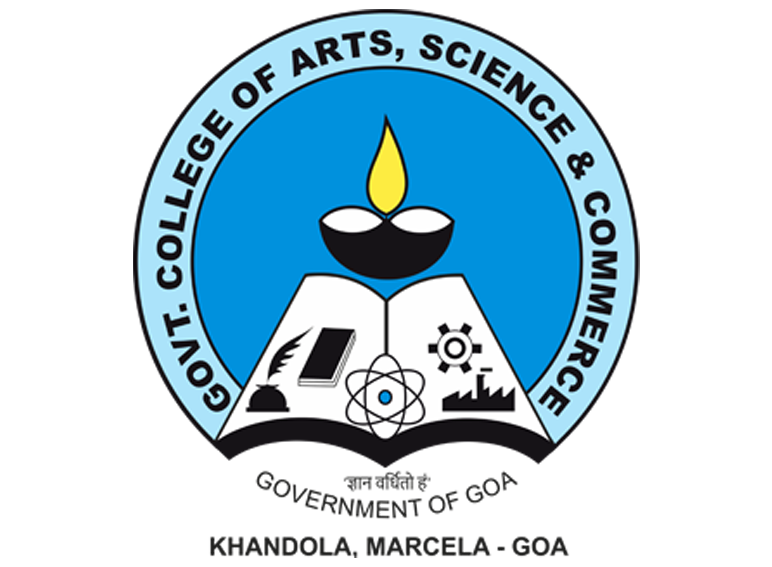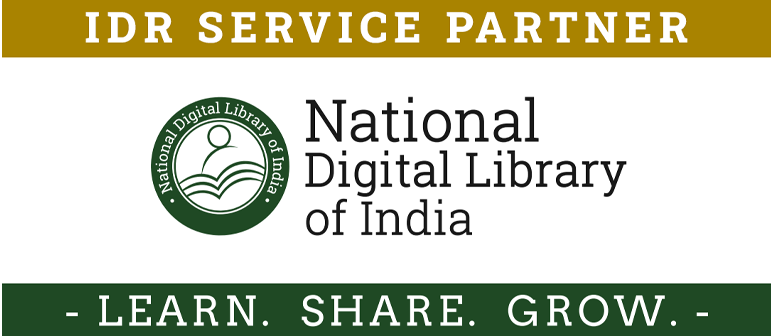
Govt. College of Arts,Science & Commerce, Khandola, Marcela-Goa
Accredited by NAAC with Grade A+ (CGPA: 3.43)
Institutional Digital Repository
Powered by National Digital Library of India (NDLI)


Communities in DSpace
Select a community to browse its collections.
Recent Submissions
Rationally designed NixOMS-2 nanostructures for enhanced bifunctional methanol oxidation and oxygen evolution electrocatalysis
(Elsevier, 2026) Naik, Arti K.; Samant, Purnakala V.
Addressing the global energy transition requires highly efficient, earth-abundant multifunctional electrocatalysts to replace scarce and precious materials for clean energy generation and storage applications like Methanol Oxidation Reaction (MOR) in fuel cells and Oxygen Evolution Reaction (OER) for water splitting. Current MnO2 based systems suffer from sub-optimal activity and poorly defined active sites. We present a rational synthesis utilizing facile reflux and precise thermal engineering to develop advanced Nickel-substituted Octahedral Molecular Sieves (NixOMS-2) nanostructures. Systematic optimization identified Ni0.03OMS-2 calcined at 400oC (NMB400) as the optimal catalyst exhibiting superior bifunctional performance and exceptional durability, achieving a peak MOR current density of 60.62 mA.cm−2 and an OER overpotential of 461 mV at 10 mA.cm−2, significantly surpassing most monofunctional MnO2 based catalysts. Crucially, comprehensive mechanistic analysis reveals a synergistic dual-activation of catalyst. For MOR, the optimized Ni2+/Ni3+ redox couple and stabilized Mn3+ species promote rapid methanol adsorption and C-H bond cleavage. For OER, embedded Ni electronically triggers the Adsorbate Evolution Mechanism (AEM) and facilitates Ni-induced oxygen vacancies, activating the low-overpotential Lattice Oxygen Mediated (LOM) pathway, evidenced by a low Tafel slope of 88.94 mV.dec−1. This work establishes a fundamental and practical structure-activity blueprint for next-generation, non-precious-metal electrocatalysts for advanced, environmentally beneficial energy conversion technologies.
Panjim Church bellstrikes 150
(Herald Publication Pvt Ltd, 2025-11-30) de Noronha, Oscar
Ambedkar, language and federalism
(Dempo, 2020-11-27) Varak, Nawoo
Journey towards $7 trillion milestone
(Dempo, 2025-11-21) Ansari, Gulam Goush
Bihar politics and role of migrants
(Dempo, 2025-11-08) Varak, Nawoo